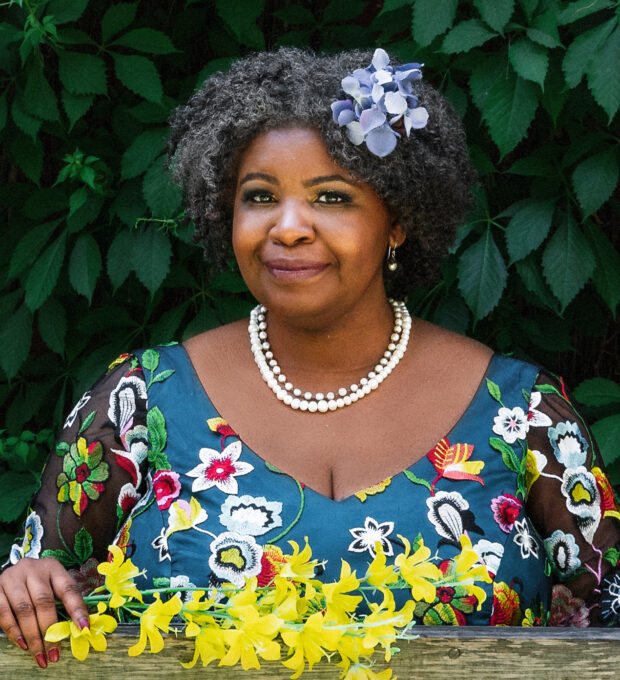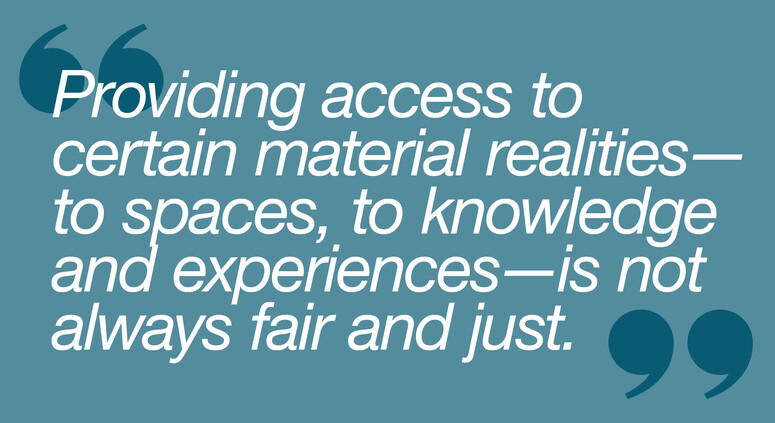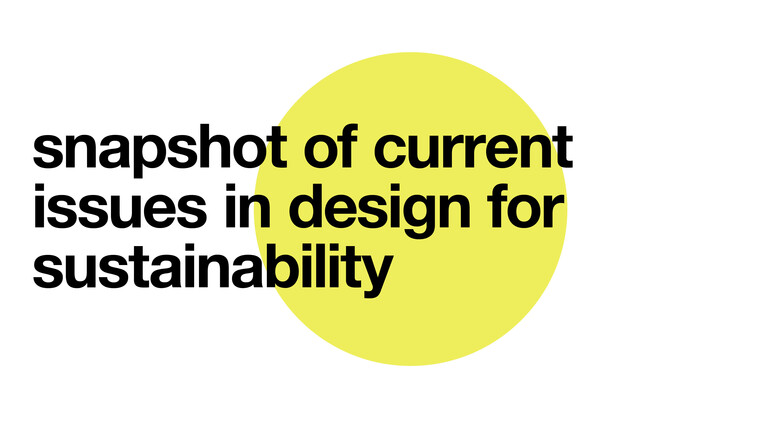design professionalism: standards of professional conduct

16.04.2020 Editorial
The starting point for the theme of World Design Day 2020 was "Be Professional!"—a reflection on the importance of developing an update to our resource document Model Code of Professional Conduct for Designers. This process highlighted the ways in which designers have impact on the built environment, on the quality of life of many people, on the planet. WDD2020 is a call to all designers to be aware of, and reflect on, the impacts of our actions and our collective responsibilities as designers to "be professional."
A Call to Re-think our Roles and Responsibilities
The International Council of Design is today the largest international organisation representing professional associations of designers across the spectrum of design disciplines. Recognising the increasingly influential role played by designers in the 21st century, against a backdrop of economic, environmental, social and cultural challenges caused by unleashed consumption, the Council realises the urgent need for the design community to re-evaluate the designer’s roles and responsibilities. Designers must redefine the meaning of being a professional designer.
There is a critical difference between maintaining a professional standard and always providing clients with what (they think) they want. Sometimes these two things can be at odds in terms of the responsibilities of a design professional. If we consider ourselves professional, then we must adhere to a set of commonly held principles that we are not willing to compromise. If we consider ourselves professionals then we must consider the impact of our work on more than the client and the individual end-user; we are accountable for the social, cultural and environmental costs of our professional actions.
Being "Professional"
Many people claim to be "designers”. But what is the distinction between a “designer” and a "design professional"? If we maintain that design is not just a job, but actually a profession, like being an architect or a doctor or lawyer, then we must also accept the responsibilities and obligations that come with it. Being a design professional is not merely a badge of acceptance. The title implies adherence to a code of professional behaviour; it implies that we have obligations towards society and that there are lines that we are professionally bound not to cross.

Professional Conduct
When we talk about professionalism in design, there are two parts to this:
— the way we behave (what we are calling ‘professional conduct’)
— the way we practice our profession (we are calling this ‘professional responsibility’)
As professionals, designers are bound to their professional community to uphold basic values of professional behaviour. When we talk about professional conduct, some of the things we may be talking about are:
Integrity and Transparence
Above all, a designer should uphold the values of honour, dignity, truthfulness, honesty, morality, integrity and competence in everything they undertake.
Honouring Commitments
As a matter of professional reputation, designers should always honour their commitments to clients, suppliers, collaborators and employees.
Fair Competition
Competition among designers for contracts should be transparent and honest. No designer should: misrepresent themselves or their competitors, take credit for work that they did not create or make untrue claims or misleading statements about experience or level of qualifications, standing or affiliation.
Intellectual Property Rights
Whether applicable in the country in which a designer practices or not, the professional designer is beholden to understand and respect their own intellectual copyrights, the intellectual copyrights of other creatives and to transmit this information to clients. Designers must not use the work of others without their express consent and attributing proper credit, they must not take credit for the work of others, they must not copy the work of others, and they must not allow that their work be used without permission, copied, used un-credited. Designers must uphold these values strictly, respecting the intellectual property of other designers and creatives. Many design professions use inputs from other creative industries including photography, typography, textile design, patented components, written material, etc. When using the work of others, permissions must be obtained, licenses procured, and credit given.
Humility
It is easy to fall in love with our ideas, but we do not design for our own pleasure. Good design comes from the ability to accept criticism, be open-minded, work in teams, and listen (to experts, to the client, to the end-user, etc.).
Education of Others
It is the responsibility of designers to convey the value of good design to clients, end-users, government and the general public. They should be active advocates to show the potential of good design to address issues of health and safety, quality of life, environmental sustainability, inclusivity, accessibility, cultural diversity, etc.
Lifelong Learning
It is the responsibility of designers to maintain their knowledge base and be current on developments in the profession throughout their career.
This is not an exhaustive list. What are other elements of Professional Conduct that designers are bound to?

Professional Responsibility
As professionals, designers are bound to our profession, to our users and to humankind to uphold basic values of professional practice. Those include:
Environmental Sustainability
Designers are responsible for implementing a rational utilisation of materials, manufacturing processes, energy usage, recyclability and re-usability by maintaining a critical contemporary understanding of the science and technologies necessary to create designs that minimise environmental impact. Designers should be aware of the ‘whole life cycle’ of their designs.
Inclusivity
Accessibility should be a consideration. This includes people with mobility challenges, the elderly, people with special needs, children, new immigrants or people with language barriers, different genders, etc. Designers should strive to ensure accessibility to all.
Legal Compliance
Designers should uphold all legal obligations in the country they practice. This may relate to copyright legislation, font and image licensing, piracy, plagiarism and appropriation, as well as health and safety standards, environmental standards and reporting, adequate product testing, IP legislation, etc.
Data Use and Privacy
Current technologies based on data collection and mining make manipulation possible and as a consequence raise important privacy questions. Designers are well positioned to ensure that proper standards are introduced and maintained by their designs.
Human Dignity
The resulting outputs of design (i.e. dress, spaces, objects, media) have meaning, whether intentional or not and as such the values that the designs embody should not negatively affect any sector of society. Designers should uphold basic human dignity by considering the respectful portrayal of all people, i.e. gender identities, cultural and ethnic backgrounds, awareness of body image issues, etc.
Safety
Designers are responsible for the safety of not only the end-user of their products but also of all those impacted by their designs. Designers have a responsibility for the safety of not only the end-user of the deliverables but also for the multiple direct and indirect impacts of their designs through all stages of production, use and afterlife.
What are other basic values of professional ethics that professional designers should uphold?

Code of Conduct
Many national-level professional organisations have Codes of Conduct or Codes of Ethics for their members. If you want to know more about the standards in your country, you can look up your local association. We have compiled a list of many of the existing codes, which you can consult. The International Council of Design has a Model Code of Professional Conduct for Designers.
Codes of Conduct and Codes of Ethics are central to the definition of what professionalism is in design. We urge you to look at your home organisation's Code and that of the International Council and reflect on how your own practice of design adheres to these guidelines and values.

Reading List
We put together a reading list on topics connected to design professionalism. This list includes a selection of articles and think-pieces both about design and the practice of design and also about issues connected to design that we pulled from the headlines.
Join us in reading up on some of these issues!
___
A concept developed by Kim Paulsen (Vice President 1993-1995) to commemorate the foundation of ico-D on 27 April 1963, the World Design Day (WDD) has been celebrated since 1995 as World Graphics Day, World Communication Design Day and, in its current incarnation, since 2015.
The goal of WDD is to challenge designers to reflect deeply on the well-being of people within their local environments, and to find innovative solutions to local needs by using design as a vehicle to honor diversity, transcend borders, and improve quality of life. Marking the anniversary of ico-D’s establishment on 27 April 1963, participants worldwide are invited to gather, innovate, and live out a moment of design by organizing public events and initiatives on 27 April of each year.
LINKS
ico-D Twitter
ico-D Facebook (WDD event page)
ico-D Instagram
A special thanks to Peter Bankov for his continued contributions to World Design Day, and his design of this year's poster!

relatedarticles

robert l. peters: guiding the future of design

ICoD interviews elizabeth (dori) tunstall on decolonising design

it may look good on instagram but you want to enjoy living in it

designing for access
